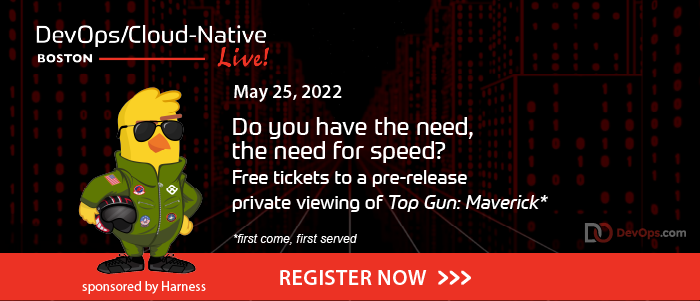The growth of SaaS—including IaaS—was phenomenal when it came and it has become somewhat pervasive. Today, there are SaaS tools in use at just about every business, large or small. From sales to marketing to customer management, there is a SaaS tool that does it affordably and well. For now. The same is true of cloud vendors. Cloud prices are kept low by two mechanisms—volume and profit. Volume; much like the theory that mass transit is cheaper, by putting many customers on a single server reduces cloud vendors’ operating expenses and thus reduces what the cloud vendor must charge to make a profit.
But as costs rise and growth slows in the current environment, it is important that your IT department, as a customer, pays attention to the cost/benefit equation of all SaaS offerings. Some will remain beneficial because of the work they offload, even as prices increase for your organization. Others, you’ll see, will quickly outgrow the value they bring as costs rise and there is a third class that just isn’t worth it—maybe it never was and you haven’t bothered to pay attention.
Look for those items. So that this is less vague, here’s an example: A company I am involved with has been paying for a SaaS service that simply emulates an on-site functionality. The organization could (and previously did) drop a couple of boxes in and achieve largely the same result. Recently, we looked more closely at items like this and found that, in this particular case, (though not in most SaaS cases the org is using) the cost of dropping two boxes in and letting them do the job was cheaper (assuming those boxes were upgraded/replaced every other year) than continuing with the SaaS solution at the current monthly price. So much cheaper, in fact, that a contractor could be hired to deal with any issues that came up with the physical boxes and the only increased work for IT would be maintenance updates to keep the system secure. If, instead of appliances, the solution consisted of two Windows or Linux boxes, even that maintenance cost would be minimized.
Service will be the same or better—the devices are right there if a change is needed—and there will be one less link in the chain of tools/vendors for attackers (the physical solutions would be on a private subnet, SaaS cannot be). Assuming the solution is a quality product, there really is no downside here. And yet, for several years this company has used the SaaS solution. These are the low-hanging fruit that people will point at and call “retrenchment” or whatever. Ignore them. Do what’s best for your org—be it SaaS or local—and make that decision on a per-tool/per-project basis.
And keep kicking it. You’re building apps and infrastructure that keep the company running. Don’t hesitate to take pride in what your team(s) have built and don’t hesitate to cut costs on things that don’t matter so you have more funds for things that do. And once again, thank you—from all the employees in your organization that don’t realize they should say thanks.

